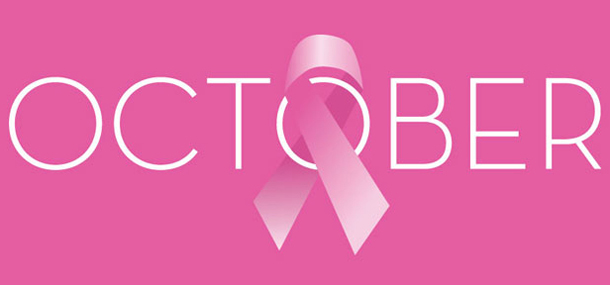
October is Breast Cancer Awareness Month. Parents and children can breathe a sigh of relief knowing that most breast diseases in children either resolve on their own or are easily treated. Breast cancer is very rare in children, even in children with strong family histories of the disease.
The good news is that most breast masses in pediatric patients are due to benign, not cancerous, processes. Most often these processes are easily recognized by pediatricians and family practice physicians. Often these “masses” are part of normal growth and development, such as neonatal breast hypertrophy, which results from maternal estrogen stimulating growth of breast buds in both male and female babies. This usually does not need treatment and resolves with time after the baby is born. Dilated milk ducts (ductal ectasia) and infection of the breast (mastitis) are seen in babies as well as children approaching puberty. Gynecomastia is excessive development of breast tissue in boys, typically in infants or pre-pubertal boys, and usually resolves without treatment within two years. Trauma to the breast can cause bruising with subsequent secondary infection or abscess. Fibrocystic breast disease can produce “lumps” in the breast of developing pre-teens and teenage girls.
With most “lumps,” the healthcare provider will follow the patient and choose the appropriate next steps. When additional imaging is needed, ultrasound is the first choice. In the pediatric population, mammography is not useful. If you have concerns about your child’s health, please speak with your child’s doctor. If imaging is needed, know that an ultrasound is the best first test and that pediatric radiologists are well educated about diagnosing pediatric breast disease.
Story contributed by Dr. Sara O’Hara, MD and edited by Catherine Leopard.